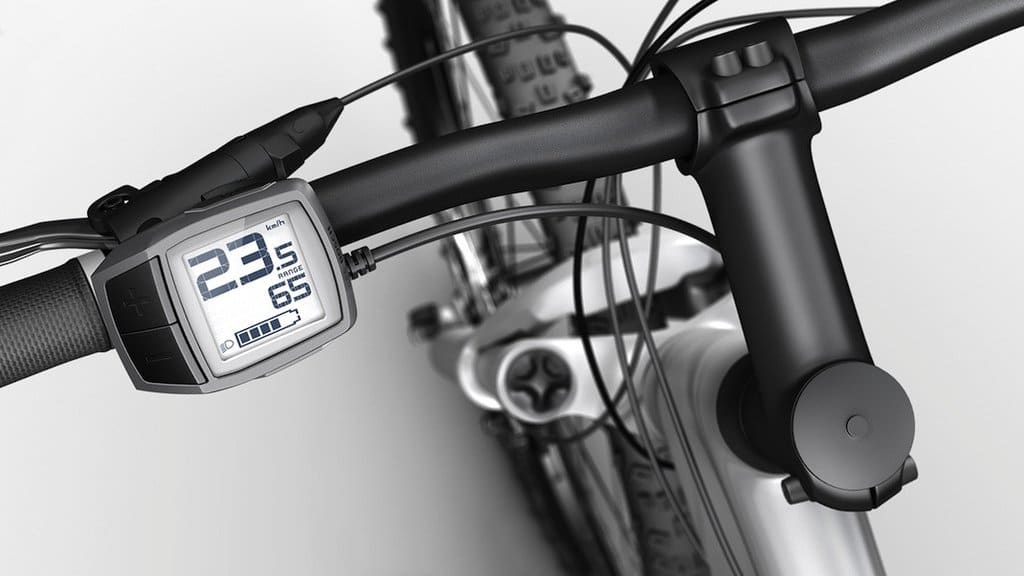
Electric bike autonomy
Content

From 20 to 80 or even 100 km, the autonomy of an electric bike can vary greatly depending on the type of on-board battery, as well as various criteria such as the type of route or the assistance mode used. Our explanations to help you see more clearly ...
Non-adjustable numbers
When we talk about the autonomy of electric bicycles, the first thing to know is that there is no “typical” calculation method. As for the car, everything is designed in accordance with the WLTP standard, which without fail allows you to compare models on an equal footing. For an electric bike, the blur is complete. Each manufacturer goes there independently, and often the advertised autonomy turns out to be much more generous than actually observed.
On a European scale, the German VIG is trying to create a uniform test report in order to better compare the performance of different models. But the rules have to be put into effect for a long time, probably not now ...
Battery capacity
The battery is like the reservoir of your electric bike. The higher its power, expressed in Wh, the better the autonomy is observed. Typically, entry-level batteries run around 300-400 Wh, which is enough to cover 20-60 km depending on conditions, while high-end models reach up to 600 or 800 Wh. Some vendors also offer "dual battery" systems that allow the use of two batteries. installed in series to double autonomy.
Please note: Not all suppliers indicate wattage in Wh. If the information is not displayed, take a look at the datasheet and find two pieces of information that will allow you to calculate it: voltage and amperage. Then simply multiply the voltage by the amperage to find out the capacity of the battery. Example: A 36 V, 14 Ah battery represents 504 Wh of onboard energy (36 x 14 = 504).
Selected help mode
25, 50, 75 or 100% ... The level of assistance you choose will have a direct impact on fuel consumption and therefore on the range of your electric bike. This is also the reason that manufacturers tend to display very wide ranges, sometimes 20 to 80 km.
If you want to optimize the range of your electric bike, you will have to adapt your driving experience. For example, by adopting the lowest aid levels on flat terrain and reserving the use of the highest aid levels on the most marked terrain.

Route type
Downhill, flat ground or steep climb ... The autonomy of your electric bike will not be the same depending on the route you choose, steep downhill, associated with a high level of assistance, is one of the most energy-intensive configurations for an electric bike today. bike.
Climatic conditions
Climatic conditions can affect battery performance as chemicals can react differently depending on the outside temperature. In cold weather, it is not uncommon to see a loss of autonomy compared to less hot weather.
Likewise, riding in a headwind will require more effort and will generally decrease your range.
User weight
If the rider's weight has little effect on the fuel consumption of the vehicle, the weight of the electric bike user will have a larger effect. Why ? Simply because the ratio is not right. On an electric bike weighing 22 kg, a person weighing 80 kg will increase the "total" mass by almost 25% compared to a person weighing 60 kg. Consequently, there will inevitably be consequences for autonomy.
Note: Autonomous vehicles often declared by manufacturers are rated by people of "small stature", whose weight does not exceed 60 kilograms.
Tire pressure
An under-inflated tire will increase the level of resistance to the asphalt and, as a result, reduce the range. Also, always remember to check your tire pressures. On issues of autonomy, but also security.
Please note that some vendors have developed a dedicated range of electric bike tires. More adapted, they promise, in particular, to improve autonomy.
